Apara VR Review: the Lightest VR Headset on the Market
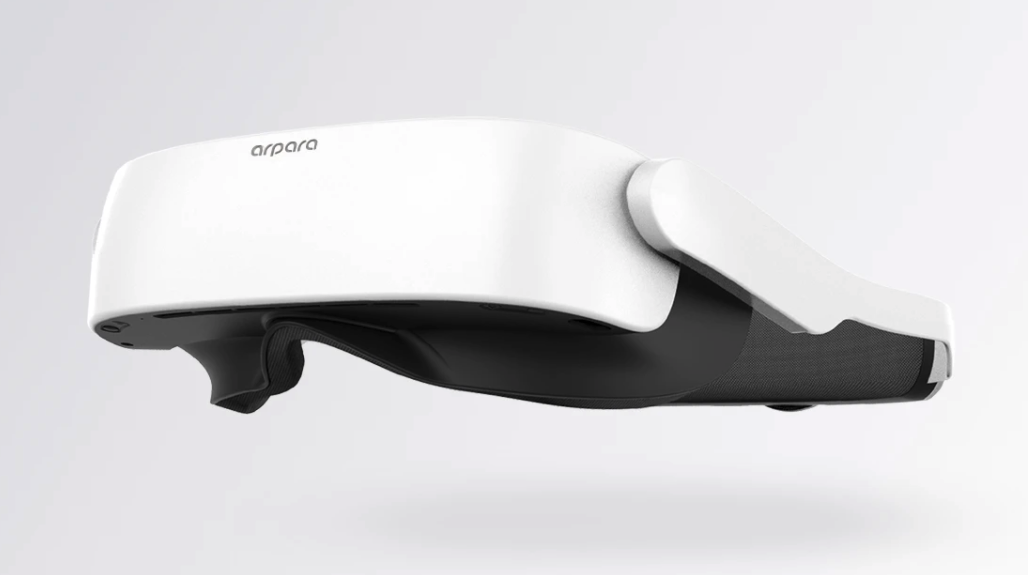
There is no doubt that compact size and lightweight have always been the development evolution of VR headsets.
However, due to the limitations of engineering design, screen size, and many sensor components, the weight of roughly 500 grams and bulkiness seems to be a development bottleneck hurdle, and it's rare for VR hardware makers to make significant breakthroughs. Currently, the most popular VR headsets such as the Oculus Rift S (500g), HTC VIVE (470g), HP Reverb G2 (550g) are all pretty bulky in size.
The lightest VR headset on the Market
Recently, the Arpara VR headset seems to be attracting lots of attention. The Arpapa headset only weights 200 grams which about half the weight of standard headsets, with super high resolution of 5K (5120×2560).
The lightweight and compactness enables the headset to be worn for longer time, and doesn't induce the feel of excessive pressure from continuous usage.
Secondly, with the support of the 5K resolution micro OLED screen provides good contrast between light and dark, a very good picture quality for both gaming and watching VR videos.
Finally, it supports multiple experience scenarios such as giant screen viewing, 3DoF/6DoF, and can be connected to PC, Android/iOS devices, and game consoles such as PS5/XBOX/and Switch.
Appearance
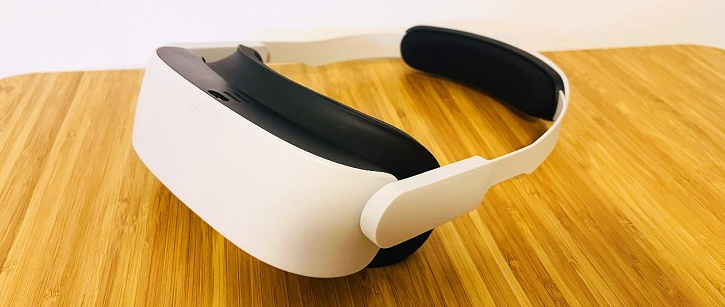
Arpara VR adopts black and white color mix
Ergonomics
Equipped with a 15° ergonomic design, the facial pressure is reasonably dispersed, and coupled with the knob-type elastic adjustment, the Arpara VR headset weighs only 200 grams which significantly reduces weight on the head.
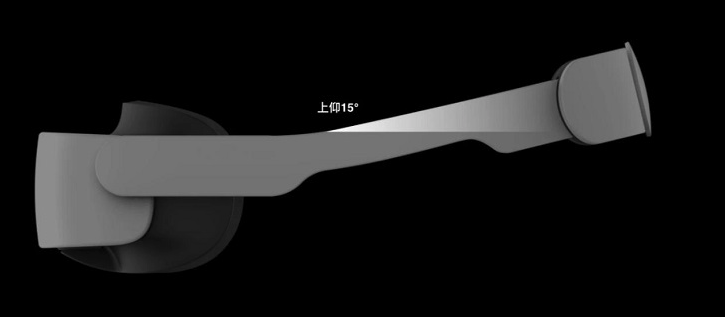
Audio
The integrated dual-channel stereo directional speaker eliminates the need for an external earphone. For optimum sound quality, users can connect earphones through the 3.5mm audio interface locate on the bottom of the headset. Furthermore, the headband part supports quick disassembly for storage.
The mask part adopts a buckle design, which allows easiness to disassemble, and a large space is reserved in the nose pad part to avoid excess pressure.
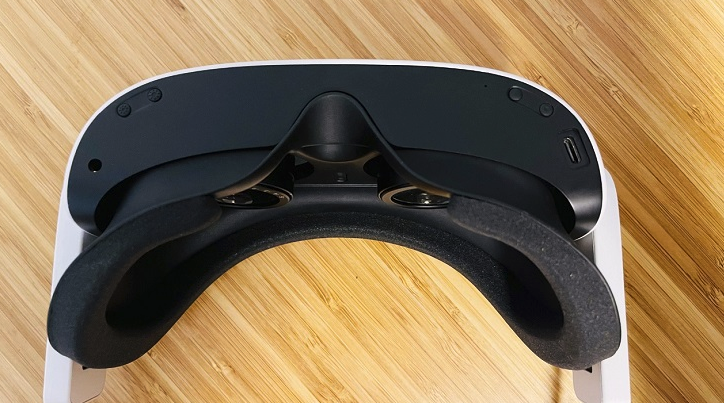
Bottom of the headset
Located on the left to right is the 3.5mm headphone jack, brightness adjustment button, microphone, 2D/3D switch button, resolution switch button, and Type-C interface.
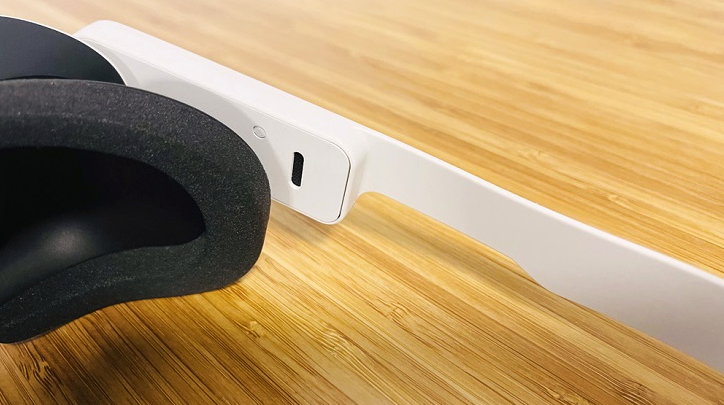
Top of the headset
Located on the top of the headset are the interfaces and vents for the 6DoF VR accessories.
Arpara VR headset supports -100 degree to 500 degree diopter adjustment
The Arpara VR headset can be adjusted from -100 degrees to 500 degrees diopter, a friendly design for users who wear glasses. In addition, the lenses on both sides can be moved left and right to adjust the interpupillary distance, which can be divided into 3 gears from 56-72mm.
Display parameters
The arpara VR headset is equipped with two 1.03-inch 2560×2560 resolution Micro-OLED micro-displays, with a pixel density of 3514 ppi, a field of view of 95°, and a maximum refresh rate of 120Hz.
OLED screens have self-luminous characteristics and have huge advantages over LCD screens in terms of response speed, contrast between light and dark, and color display. The delay of the Micro-OLED screen used in the arpara VR headset is only 1-2 microseconds (1 microsecond = 1/1000 milliseconds), while the Fast-LCD screen usually used for VR needs about 5 milliseconds.
In terms of color and contrast, the Micro-OLED microdisplay used in the Arpara VR headset can cover 127% sRGB color gamut and 90% DCI-P3 color gamut, with a contrast ratio of 1000000:1 high color rendering accuracy, and color saturation. This enables higher resolutions quality when playing VR games or watching VR movies.
Micro-OLED micro display
The headset is supported by Micro-OLED micro display and relies on the ultra-short-focus light path design that enables the Arpara VR headset to make a significant breakthrough in both volume and weight, allowing it to become a rare ultra-thin 5K VR headset on the market.
Actual Experience
The Arpara VR headset comes with a 3DoF positioning system, which can be directly connected to a PC, Android or iOS device through a Type-C data cable, but also used as an extended screen to realize giant screen viewing of 2D, 3D and 180°/360°VR panoramic videos. At the same time, you can also use HDMI video adapter box to connect PS5/XBOX/Switch and other game consoles to play exclusive games on all major platforms.
